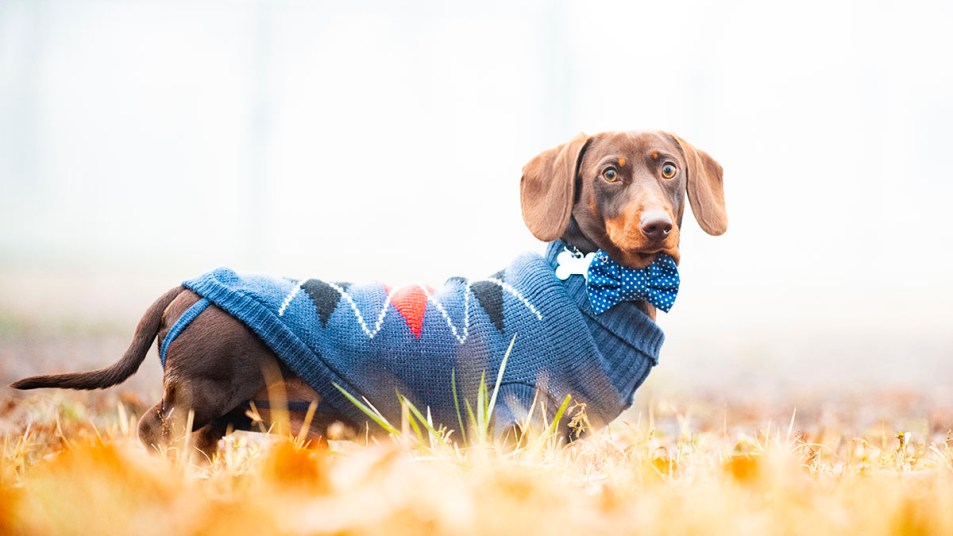Does Your Dog Really Need a Coat? We Asked a Vet — Her Answers Might Surprise You!

The days might be getting longer, but with so many unpredictable winter storms, it’s just as cold outside as ever. And the weather doesn’t just affect the humans in your home. Your dogs also feel how cold it is, to the point where you might be wondering how safe it is to let them play outside without a coat. We talked to a veterinarian to get an answer once and for all to the yearly question: Does my dog need a coat?
It’s certainly tempting — what’s cuter than a pup in a little coat? I like to cover my Border Collie in a light jacket when he plays in the snow because he just looks so cute. But I’ve never been totally sure he really needs it. Luckily, talking to Dr. Whitney Miller, who serves as Chief Veterinarian at Petco, answered that question and more.
What dog breeds do well in the cold?
First off, as you may have guessed, a big factor in whether your dog needs a coat is their fur. “Some dog breeds can handle the cold better than others, mostly due to the thickness of their fur coats,” Dr. Miller says. “Dogs with thick, double-layered coats have more protection than other breeds. Many of these dogs may also have other anatomical, physiological, or behavioral attributes that allow them to withstand, and even thrive in, the cold.”
Miller highlighted some of these breeds that likely don’t need extra help in the cold, including: Bernese Mountain, German Shepard, Great Pyrenees, Keeshond, Newfoundland, Saint Bernard, Shiba Inu, Komondor, Norwegian Elkhound, and Siberian Husky. These are all breeds that come from areas where extreme temperatures are common, so they’re ready for the cold.
Why does my dog need a coat?
Other breeds, specially smaller ones with thinner fur coats, don’t fare as well in the cold. Miller also points out that “puppies, older dogs, and dogs with existing health issues may also not be able to handle more extreme temperatures.”
However, as Miller points out, it’s important to attune yourself to the individual needs of your dog and even some bred for cold weather might need a little extra help. That’s why Miller recommends talking to your dog’s vet to make sure their needs are covered. Exposing them to extreme temperatures could open the door to some scary health risks.
“There are severe health risks, such as frostbite and hypothermia, associated with leaving a dog in the cold for too long,” she says. “When it comes to the health and safety of your pup, winter apparel can help keep them safe and maintain their overall health and wellbeing in cooler temperatures.”
Here are some coats and ailments Dr. Miller recommends to keep your pooch safe:
- Reddy PrimaLoft Lightweight Insulation Dog Puffer Jacket (Buy on Amazon, $37.49)
- Reddy PrimaLoft Superior Warmest Insulation Dog Snowsuit (Buy on Petco.com $52.49)
- Reddy PrimaLoft Superior Warmest Insulation Dog Puffer Jacket (Buy on Petco.com, $52.49)
- Well & Good Tender Paw Cream for Dogs, 5 oz. (Buy on Petco.com, $15.99)
- Well & Good Pet On-The-Go Paw Cleaner for Dogs (Buy on Petco.com, $15.99)
- PAWZ Rubber Dog Boots (Buy on Petco.com, $20.99 for size medium)
When the temperature drops, don’t forget about your furry friend!
















